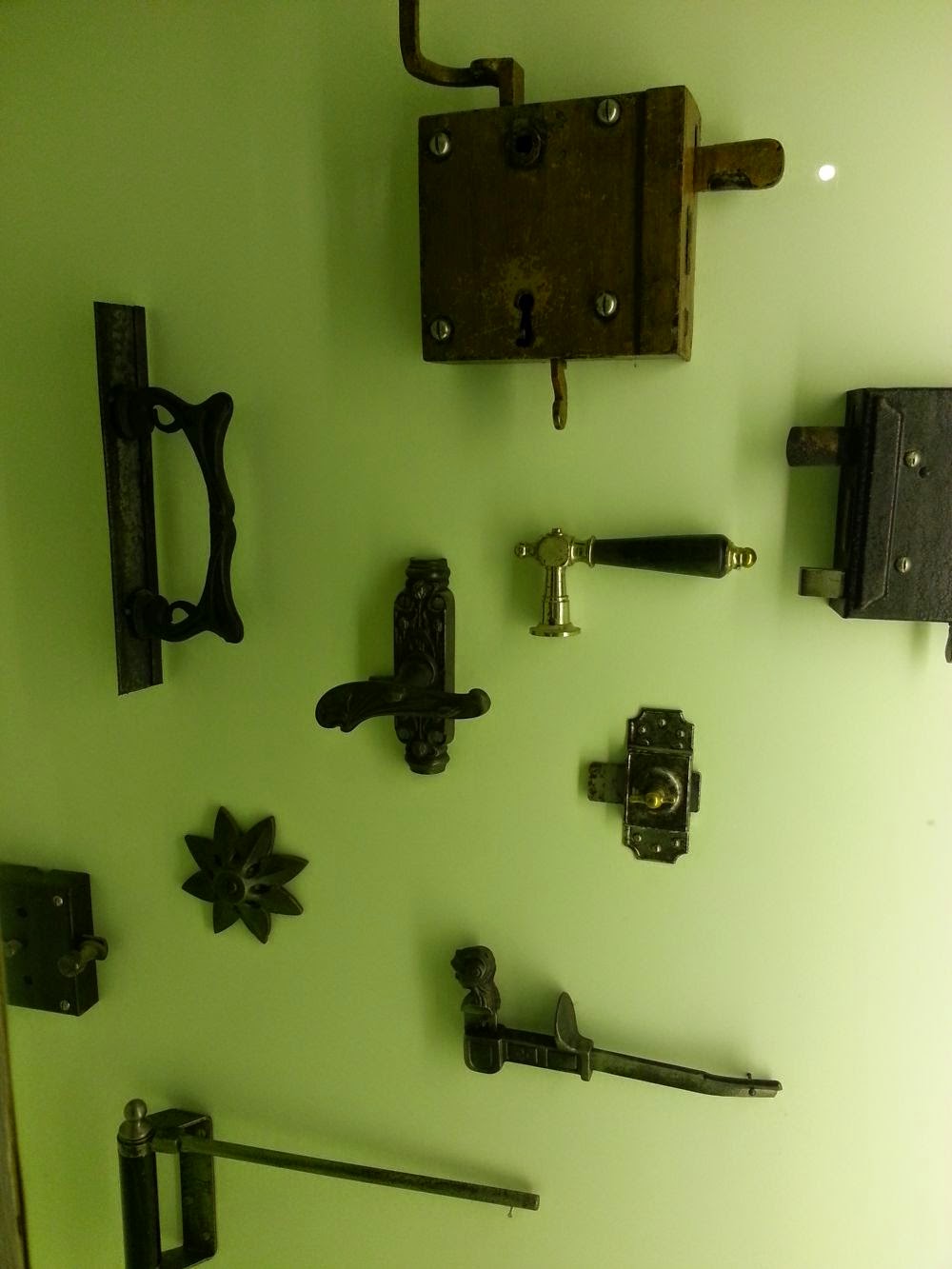When John Christian Burgess joined the North Providence militia he lists his occupation as a weaver. This may be a direct result of his grandmother coming from Herxheim.
 |
| Herxheim Coat of Arms |
Part four of Reed Slack's ancestral journey:
Reed:
I drove straight to Herxheim (the “x” makes an “s” sound). It was a beautiful drive all along the way. South of Frankfurt, the land is gently rolling and very fertile. Herxheim is much larger than the other villages in the mountains and is a town proper.
The farmland around the town is just beautiful, and they have vineyards. I tried to take a few pictures from the car, but they didn’t turn out very well.
The day was drawing to a close as I got into town, but I stopped at the main church. It was closed as well, but I took several pictures.
I began walking further up the street from the church and came across the Herxheim Museum. It is a complex with 3 or 4 buildings, with the original building (a flax/linen mill I think) to the front and newer ones behind. It was really interesting. The first exhibits addressed German history, including the Nazis. I was impressed that they addressed it directly, at least from what I could gather, but I was much more interested in history of Herxheim.
All the exhibits were in German, but I did get one page in English explaining the museum. I took a picture of it to include. Herxheim was known for making linen cloth and for making cigars. Both are a testament to the fertile farm lands surrounding the town.
They also had numerous exhibits of more ancient inhabitants of the area, with pottery and skeletal remains on display. If I understood correctly, the skeletal remains were found in the area, perhaps even where the museum is located if I guessed correctly from the exhibits. The two young women who were staffing the museum spoke no English, which is too bad. I would have loved to know more of the details of the history.


Artifacts from stone age settlement excavated near Herxheim:
----------
Reed:
So, that pretty much covers my visits today. It was a wonderful feeling to make it back home to where the Borges/Burgess line originated. Fischbach did not take much to imagine as it was back then, but the other places are just so beautiful as well. I have always liked being in Frankfurt, even before [he learned] that the Borges’ came from the area, but I feel a much deeper connection and appreciation after today. --- I feel a little guilty being able to come visit the Borges’ home when I did none of the work to find them. I am very grateful for the work that --- others have done on the line, and I am especially grateful to have been able to visit the family villages today.
---
Thank you Reed for sharing with us. Click below to see his visits to the other villages:
Fischbach
Barstadt
Ramshied
Herxheim
---
Links:
http://www.kulturgut-service.de/download/herxheim_handouts_en.pdf
http://de.wikipedia.org/wiki/Herxheim_bei_Landau/Pfalz
www.museum-herxheim.de
http://en.wikipedia.org/wiki/Herxheim_(archaeological_site)











































No comments:
Post a Comment